A movie that summarizes 1.4 million reproduced '4K photos of Mars'

NASA has sent probes such as
New: Mars In 4K-YouTube
The image of Gale Crater taken by Curiosity, which has been exploring Mars since 2012, is shown below. The Gale Crater has a diameter of 154 km and is believed to have formed between 3.8 and 3.5 billion years ago. The name 'Gale' is given by the amateur astronomer Walter Frederick Gale who observed Mars in the 19th century.
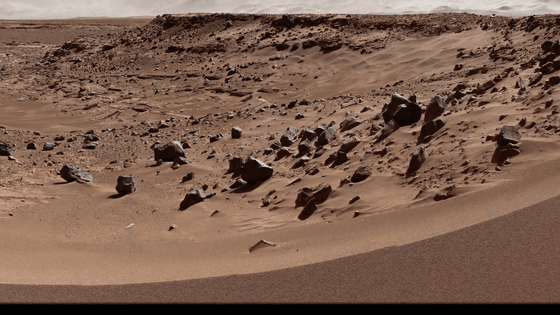
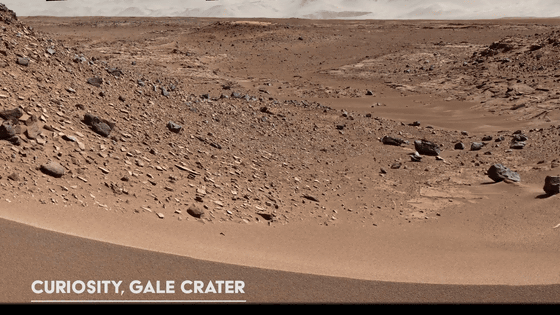
The sandy area called
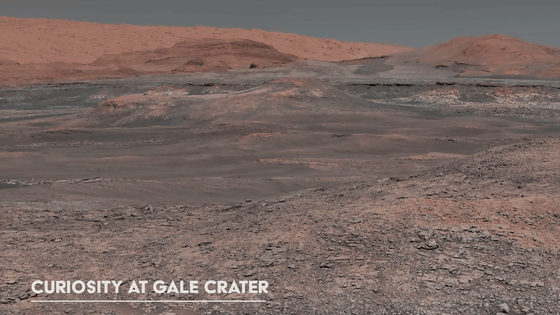
The mountain in the front is Mt.
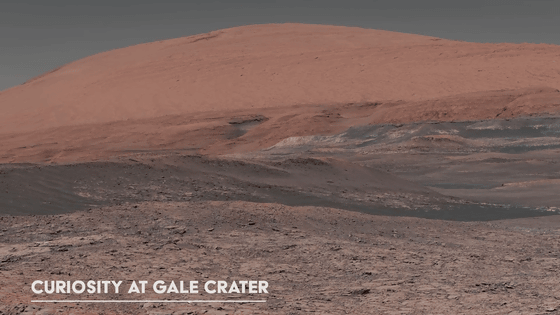
An image of the Rubu Al Hari Desert taken by Opportunity in 2005. The footprints of Opportunity itself are reflected in the rut. It was taken 2km south of the Endurance crater, which is synonymous with 'Purgatory Dune'. The name 'Lubu Al Hari Desert' is taken from the ' Lubu Al Hari Desert ', which is one of the largest deserts on earth, which occupies one-third of the southern part of the Arabian Peninsula.
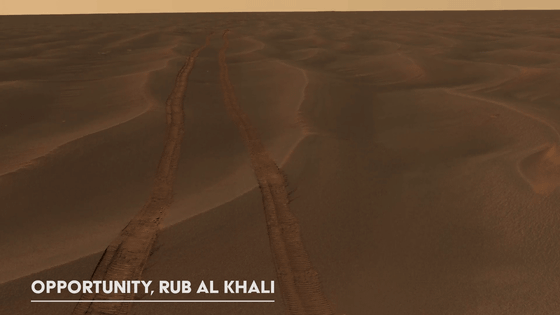
An image of the

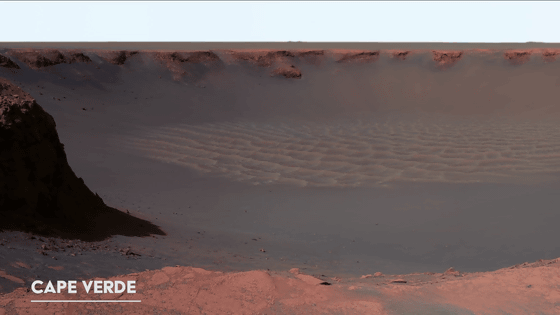
Christopher Columbus was on board at the time of the Atlantic Ocean voyage
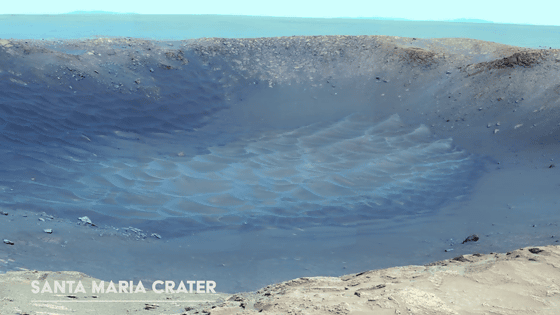
Below are images of the
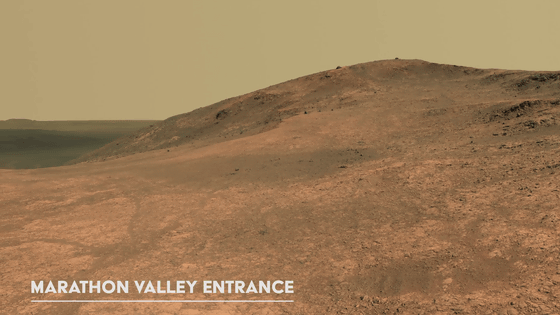
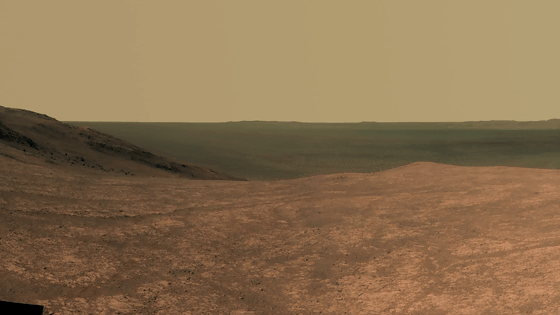
Curio City's first drilled rock,
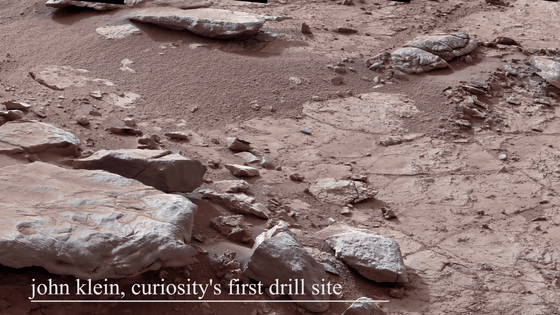
Below is an image of the Glen Torridon area, named after the same name in Scotland.
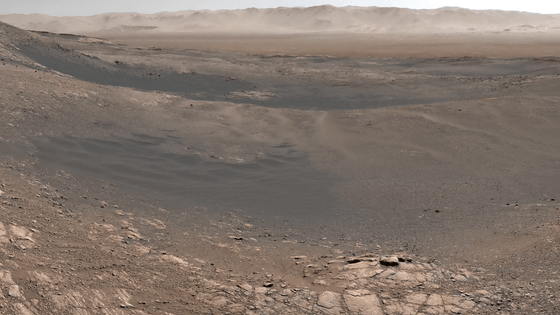
You can see that the curiosity is reflected in it and it looks like a little selfie.
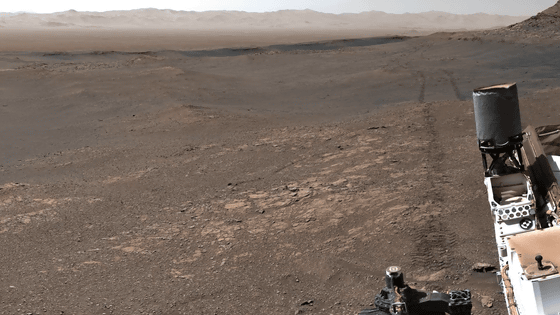
An image of the journey to reach the sulfate-rich region. Curiosity rushed up this path in 2020 to explore rock mass.
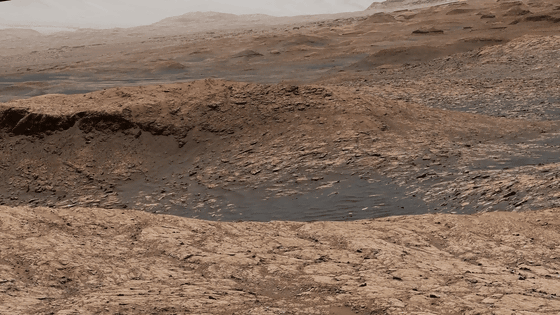
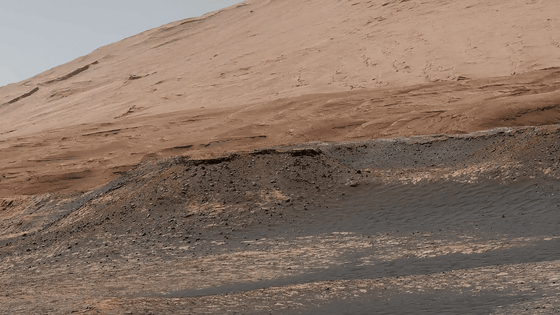
A view of the
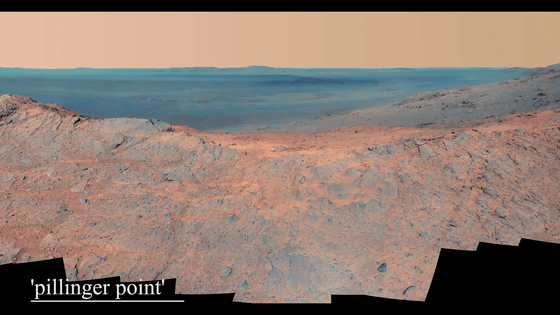
A selfie of Curiosity in the Namib Desert on Mars. The name comes from the
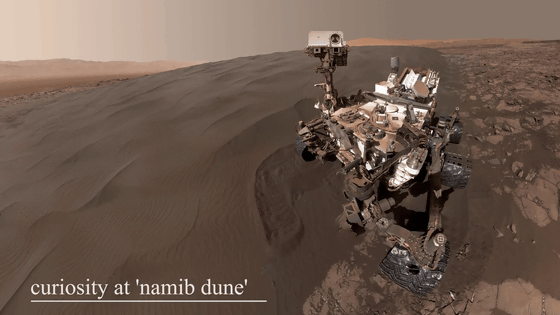
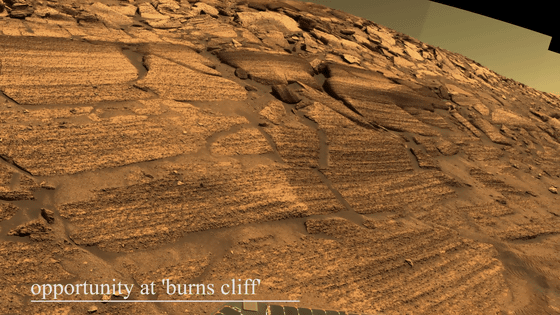
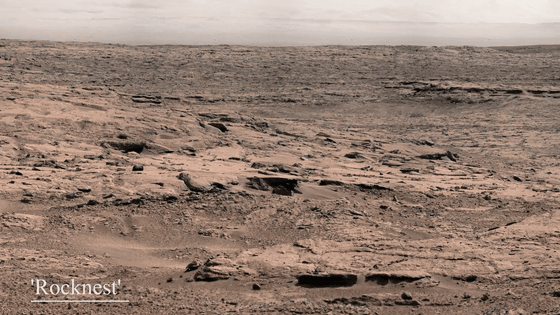
An area called Yellowknife Bay located in Gale Crater. Exploration by Curiosity confirms that water may once existed in Yellowknife Bay.
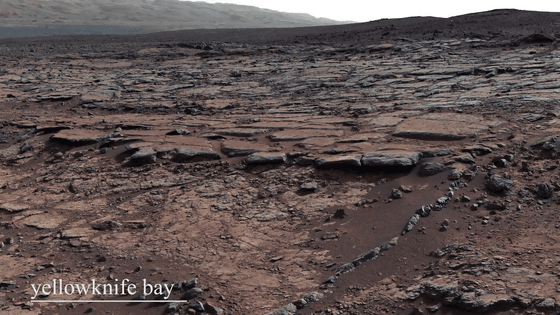
Photo of Namib Desert, Part 2. A large dune is visible in the front.
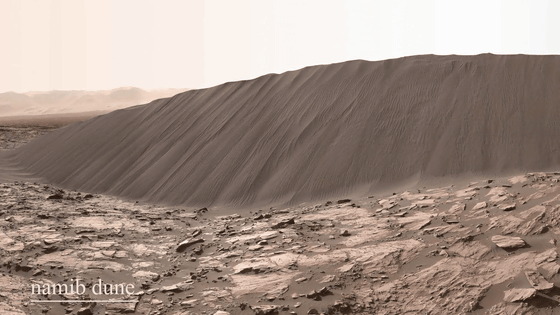
Curiosity was also reflaming in.
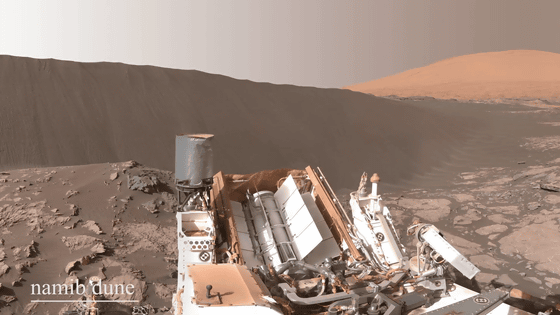

According to Elder Fox Documentaries , a scientific YouTube channel that summarizes these photos, Curiosity has a high-performance camera, but with the exception of 8 minutes per day, the communication speed with the earth is 32 kilobits per second ( It's about 4 kilobytes ), so it's impossible to broadcast live on Mars. ElderFox Documentaries commented, 'It makes more sense to send images, because on Mars almost nothing moves.'
Related Posts:
in Video, Posted by darkhorse_log







